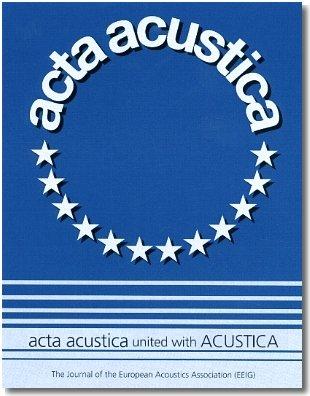
V. Corré vcorre@ualg.pt
S.M. Jesus sjesus@ualg.pt
SiPLAB-FCT, Universidade do Algarve,
Campus de Gambelas,
PT-8000 Faro, Portugal.
Comments: download pdf
file.
Ref.: Acta Acustica united with Acustica, Vol. 89, p. 604-613, 2003.
Abstract
A new application of a matched-field inversion method for estimating
the
range and time variability of ocean properties is presented. The method
uses
acoustic data from a single array-source pair. Since estimating
range-dependent
properties with such a simple configuration is a problem which solution
may
not be unique, the primary objective is to obtain the variability trend
rather
than very accurate estimates of the properties. The inversion method is
applied
to a synthetic data set obtained during the simulated development of an
upwelling
filament. The objective consists in estimating the sound-speed profile
of
the filament, its position and width, and the variations of these
properties
with time. The performance of the method is first tested in the ideal
case
where no noise nor model mismatch is present. Results show the
feasibility
of tracking the upwelling and obtaining good accuracy for the parameter
estimates wihtin a reasonable computation time. The presence of noise
in
the data or model mismatch degrades the accuracy of the parameter
estimates.
However the global rise of cold water can still be detected and
localized
under realistic conditions. Although the filament properties as well as
the
source and array positions have noticeable effects on the inversion
results,
no clear evidence of a parameter hierarchy was found.